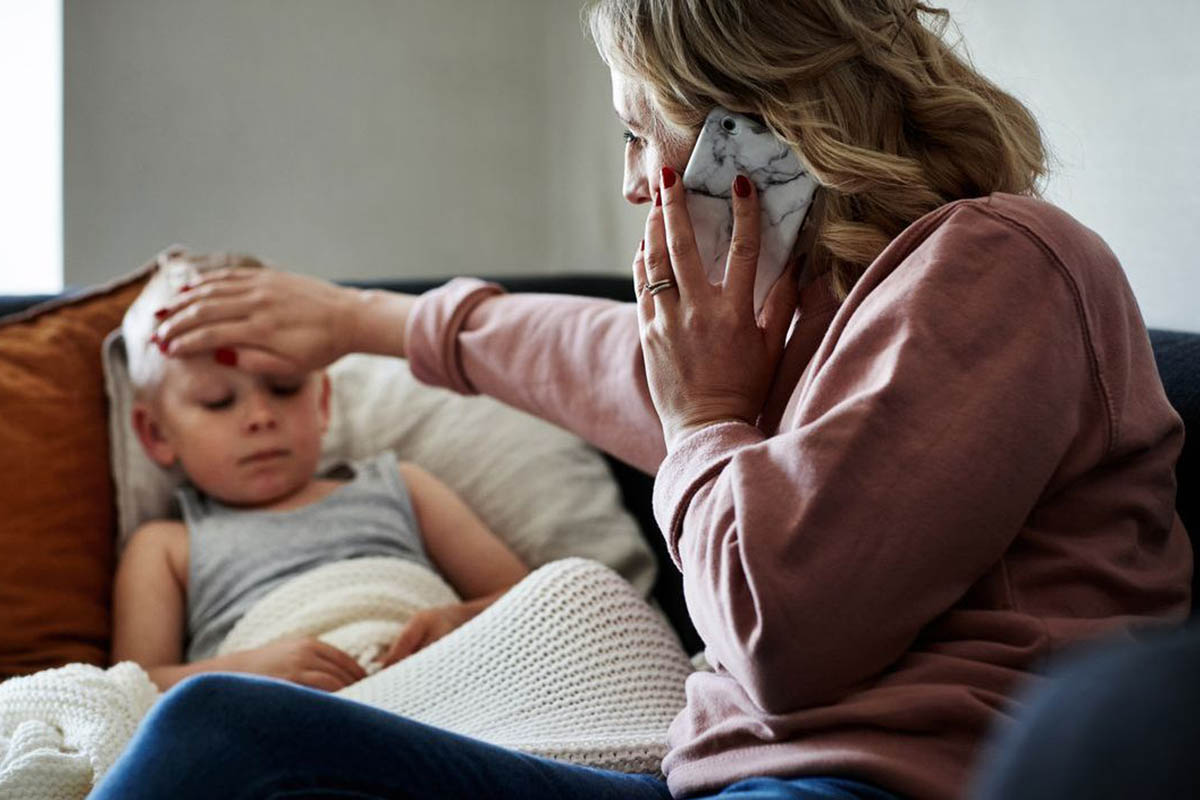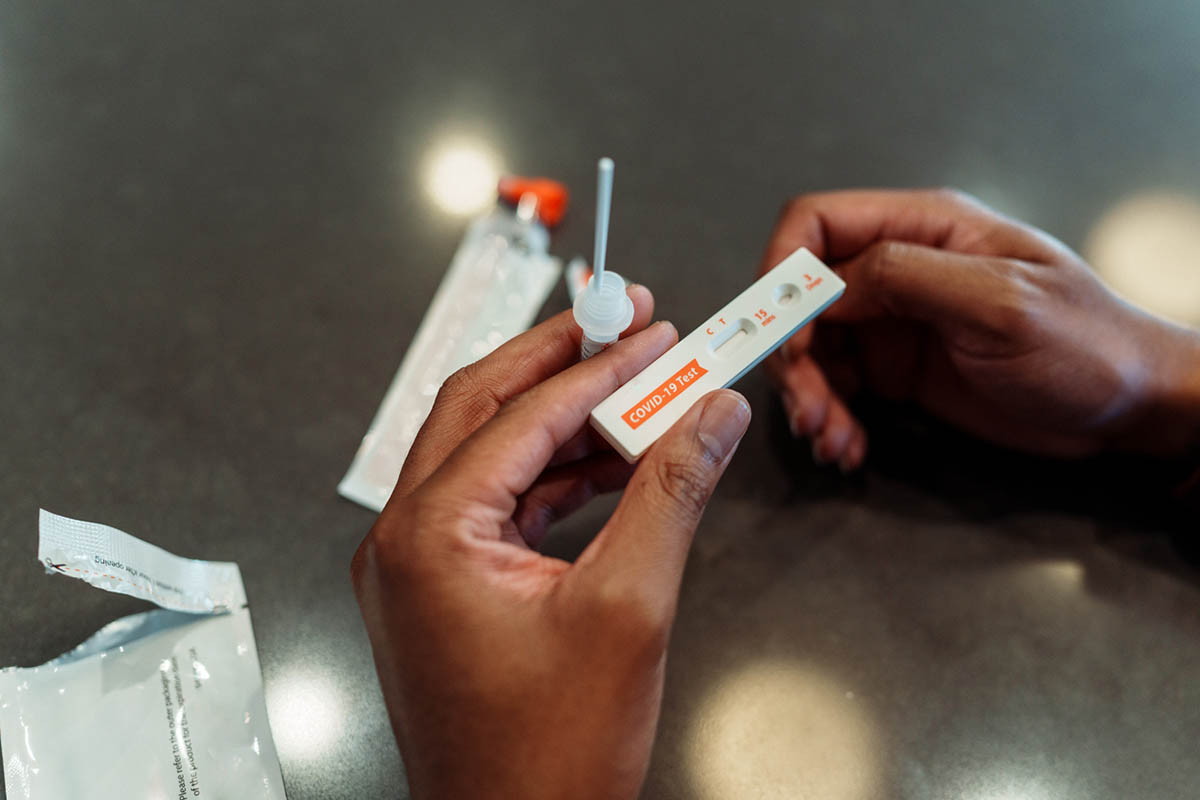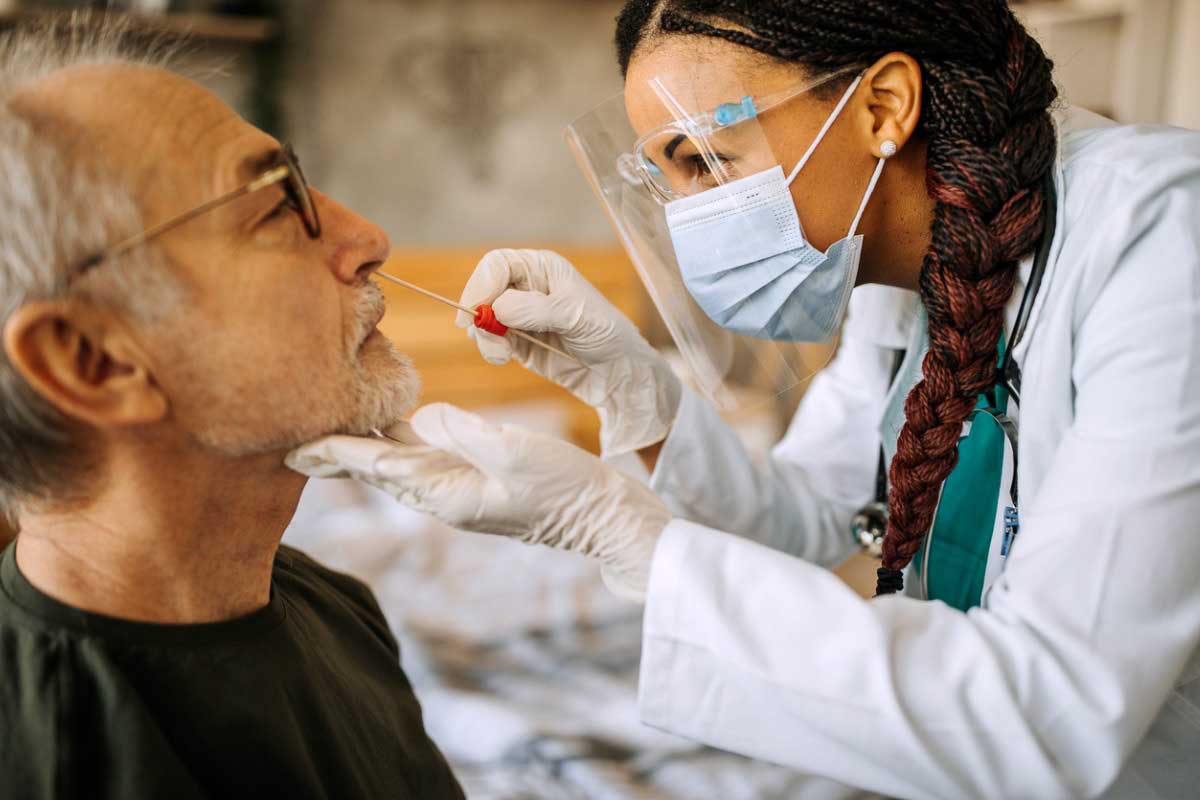
Prim Care Companion CNS Disord 2022;24(4):22cr03284
To cite: Ferreira MF, Magalhães DA, Duarte RC. Eggnog no more: a case of cacosmia and cacogeusia following COVID-19 infection. Prim Care Companion CNS Disord. 2022;24(4):22cr03284.
To share: https://doi.org/10.4088/PCC.22cr03284
© 2022 Physicians Postgraduate Press, Inc.
aRodrigues Migueis Family Centre, Lisbon, Portugal
bÍris Family Centre, Maia, Portugal
cTrês Rios Family Centre, Penafiel, Portugal
*Corresponding author: Margarida F. Ferreira, MD, Rua Soeiro Pereira Gomes, 1. Lisbon, Portugal 1600-196, 00351967734427 ([email protected]).
The link between coronavirus disease 2019 (COVID-19) infection and olfactory and gustatory dysfunction has been well established, as many patients present such symptoms during both the acute phase of the infection and the convalescent period.1,2 These symptoms can be either quantitative, as seen in most cases, or qualitative, in a minority of them.1 In this report, we present the case of a patient whose life was changed due to the persistence of qualitative symptoms of smell and taste following COVID-19 infection.
Case Report
A 23-year-old male nonsmoker presented with mild symptoms of myalgia and headache in July and was diagnosed with COVID-19 a few days later by positive findings on polymerase chain reaction assay. During this acute phase of illness, he also presented ageusia and anosmia that were self-limited for a 1-week period. The patient had no symptoms during the following month. At the beginning of September, the patient presented with new onset of intense cacosmia and cacogeusia (unpleasant smell and taste), initially in relation to all dishes containing eggs and later extended to pork meat, salmon, and corn. The symptoms were so intense that he described the sensation of being inside a gutter, perceiving the smell from far away. The patient had no other symptoms of disease including neurologic changes apparent during the physical examination; ear, nose, and throat issues; dental pathology; facial pain; or nasal congestion.
It is important to emphasize that although the patient had chronic allergic rhinosinusitis, due to sensitivity to dust, which was typically seasonal and self-limited, he never presented similar symptoms before. Also, he underwent silver carbonate catheterization following recurrent epistaxis 10 years ago.
During the months that followed, the patient completed additional workup that included blood analysis, allergy testing, and computed tomography (CT) of the cranioencephalic structures and paranasal sinus cavities. Abnormal results were found on the CT, as it showed discrete inflammation of the inferior nasal turbinates, mainly in the right side, consistent with rhinitis.
Discussion
Postinfectious olfactory and gustatory dysfunction may be seen in a variety of pathogens. Nasal epithelial cells express a relatively high expression of angiotensin-converting enzyme (ACE) 2 receptor, which is required for severe acute respiratory syndrome coronavirus 2 (SARS-CoV-2) entry.3 The inflammation in the nasal epithelium is a consequence of cell disruption caused by the virus, causing impairment of receptor neuron function and thus temporarily or long-lasting olfactory dysfunction.3,4
The sudden onset, nonfluctuating severity of symptoms, absence of nasal discharge, and temporal correlation with SARS-CoV-2 infection points toward COVID-19 olfactory and gustatory dysfunction. The recovery pattern after the acute phase of illness and following recurrence of persistent symptoms is consistent with the scientific evidence so far.3,5
Magnetic resonance imaging has been used in the study of SARS-CoV-2–induced anosmia, but its use as a diagnostic tool is not well established.5 Although no effective treatment is approved thus far,3 the patient was prescribed intranasal corticoids, which proved to be ineffective in relieving clinical symptoms. As suggested in another study, hypertonic saline solution was also used in this case with no benefit.6 Taste disorders are reported for ACE inhibitors and angiotensin receptor blockers, which are commonly used for hypertension, one of the most prevalent comorbidities in COVID-19 patients.4 In this clinical case, the patient did not take any chronic medication, excluding this etiology.
In this case, the patient used to enjoy an egg-rich diet, which he can no longer tolerate at all, as well as certain types of fish and meat. So far, no change in weight was noticed, but his care plan will demand close monitoring of his weight, as this clinical condition forced him to significantly change his diet, and nutritional support may be useful in the future. The altered perception of smell and taste may greatly influence one’s quality of life, from the selection of food to socialization, becoming a source of distress and provoking serious limitations in daily living.
Submitted: March 13, 2022.
Published online: July 19, 2022.
Relevant financial relationships: None.
Funding/support: None.
Patient consent: Consent was received from the patient to publish this case report, and information has been de-identified to protect anonymity
References (6)

- Vasilieva M, Bejenari I, Groppa S. Differential diagnosis of cacosmia and dysgeusia in COVID-19 pandemic. clinical case report. J Neurol Sci. 2021;429:119781. CrossRef
- Izquierdo-Dominguez A, Rojas-Lechuga MJ, Mullol J, et al. Olfactory dysfunction in the COVID-19 outbreak. J Investig Allergol Clin Immunol. 2020;30(5):317–326. PubMed CrossRef
- Whitcroft KL, Hummel T. Olfactory dysfunction in COVID-19: diagnosis and management. JAMA. 2020;323(24):2512–2514. PubMed CrossRef
- Ferraro S, Tuccori M, Convertino I, et al. Olfactory and gustatory impairments in COVID-19 patients: role in early diagnosis and interferences by concomitant drugs. Br J Clin Pharmacol. 2021;87(5):2186–2188. PubMed CrossRef
- Ismail II, Gad KA. Absent blood oxygen level-dependent functional magnetic resonance imaging activation of the orbitofrontal cortex in a patient with persistent cacosmia and cacogeusia after COVID-19 infection. JAMA Neurol. 2021;78(5):609–610. PubMed CrossRef
- Varricchio A, La Mantia I, Brunese FP, et al. Smell recovery in patients with COVID-19: an experience with nebulized nasal treatment. J Biol Regul Homeost Agents. 2021;35(2):683–686. PubMed. CrossRef
Please sign in or purchase this PDF for $40.





